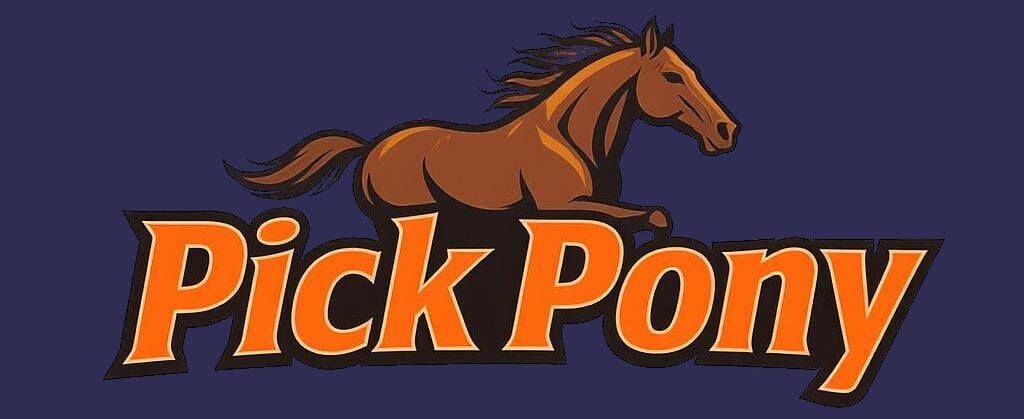“Drifted” in thoroughbred horse racing refers to a horse whose betting odds have gotten bigger (lengthened) due to a lack of support in the betting market. When a horse “drifts,” it means fewer people are betting on it, causing bookmakers to offer longer odds.
How Drifting Works
A horse that was initially priced at 2/1 might drift to 5/1, or a horse at 5/1 could drift to 8/1. This movement indicates that betting money is flowing away from that particular horse, making it less favored to win.
Common Causes of Drifting
New information often triggers drifting, such as word getting out that a horse hasn’t been training well, or conditions becoming unsuitable for that runner. Low betting volume is another primary cause – when little money is wagered on a selection, bookmakers lengthen the odds.
Market sentiment can also create drifting through a self-fulfilling prophecy effect. When bettors see a horse’s odds lengthening, they may question why it’s lacking support, leading to further avoidance of that horse.
Racing Terminology
A horse that’s drifting is often described as being “on the drift,” “weak in the market,” “friendless in the betting ring,” or “drifting like a barge”. The opposite of a drifter is a “steamer” – a horse whose odds are shortening due to increased betting support.
Betting Implications
There’s a common racing saying that “drifters can’t win,” though this isn’t literally true. However, backing drifters consistently tends to be poor value over time, as the market’s lack of confidence in these horses often proves justified. While drifters do occasionally win, it happens less frequently than their odds might suggest.
